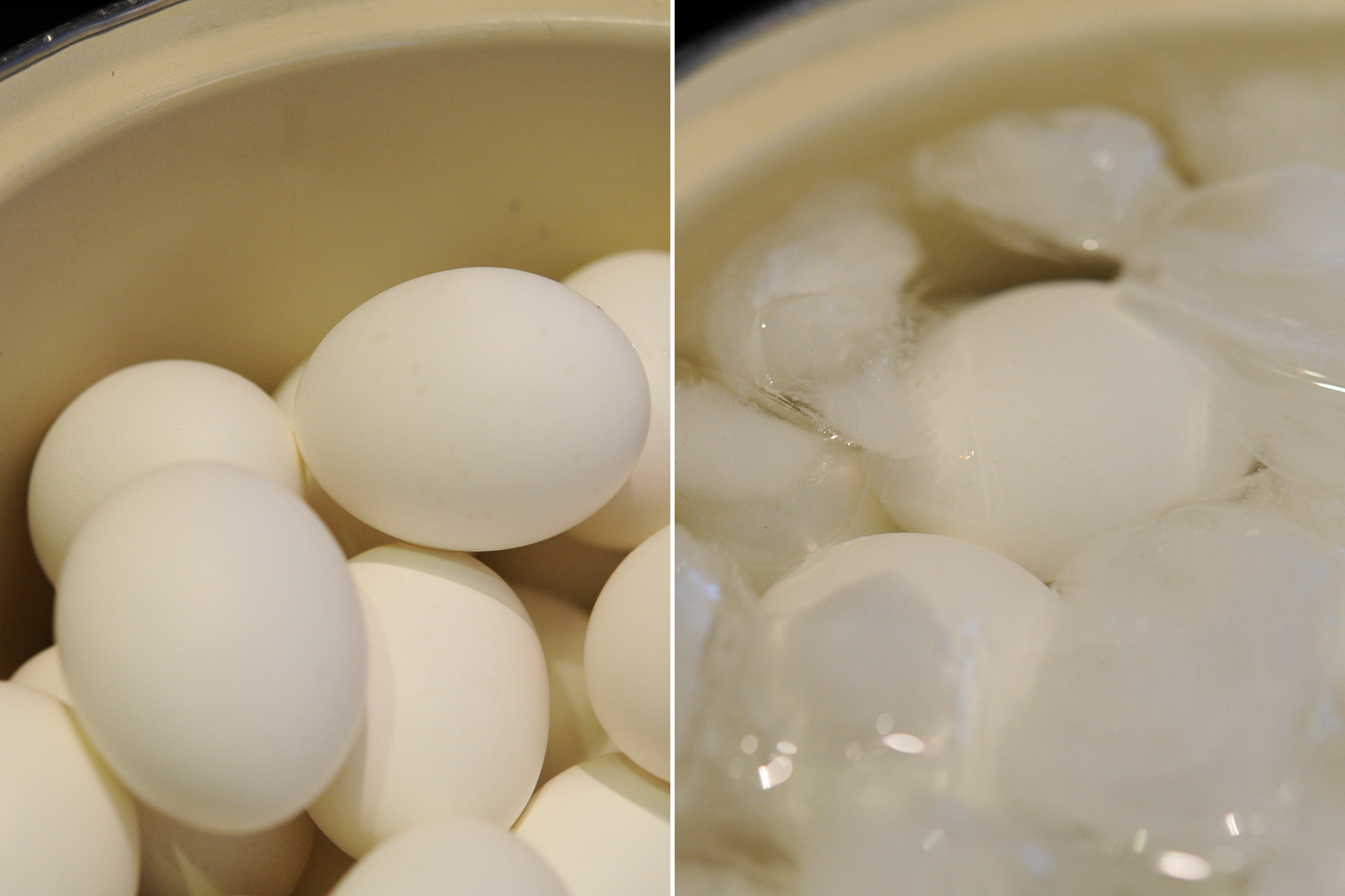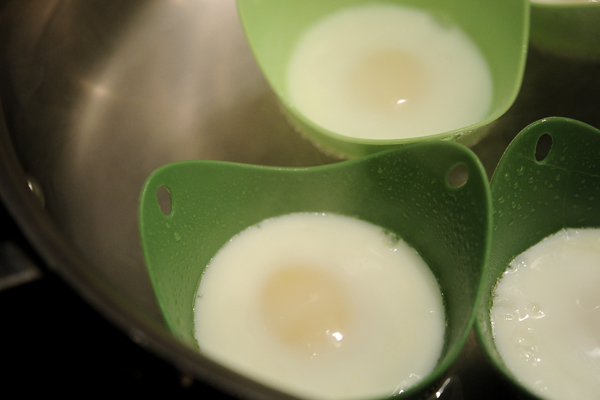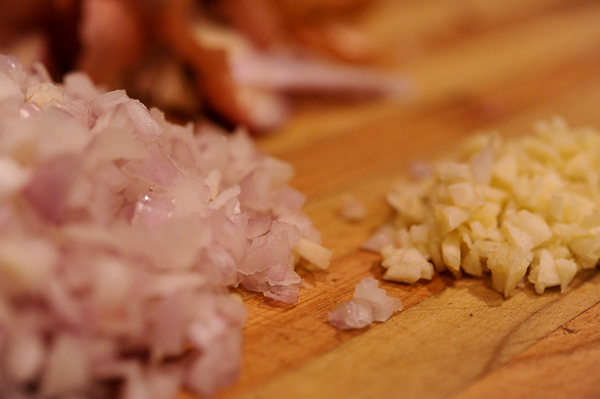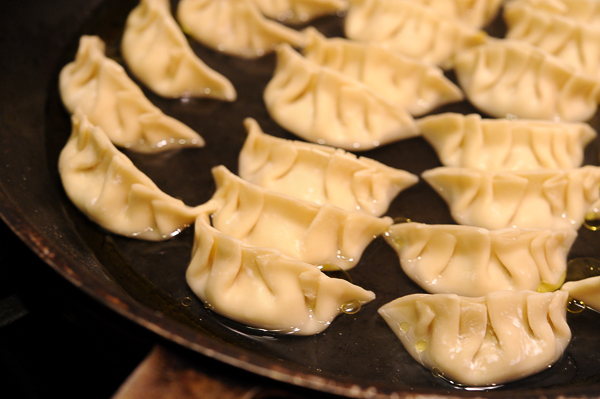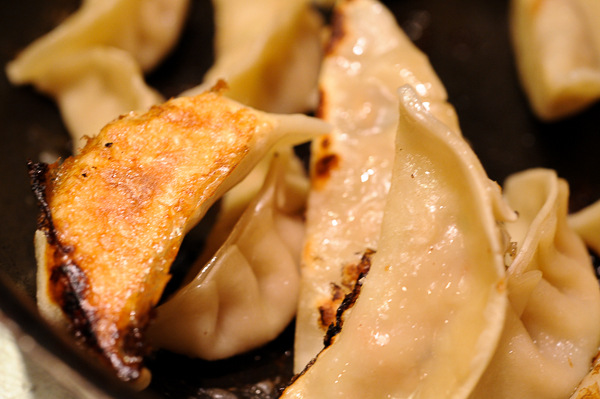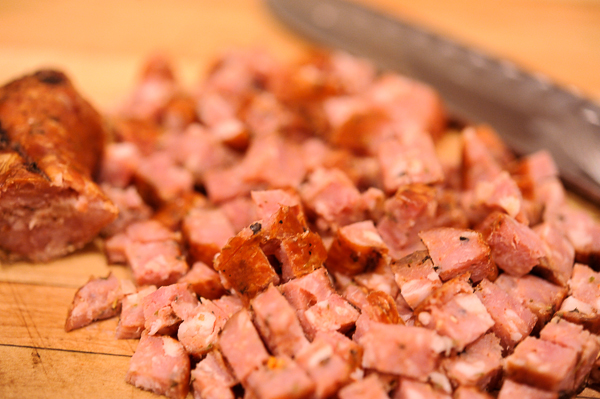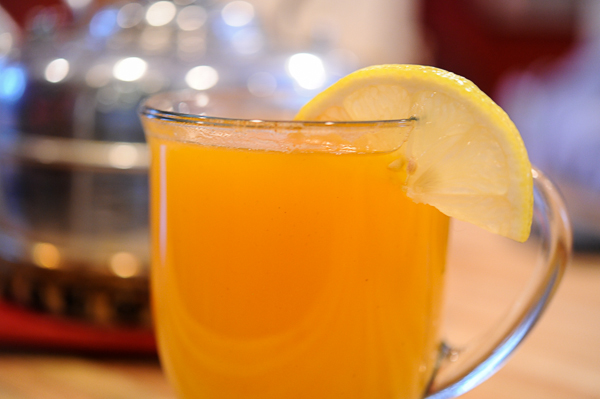There are moments in my life I'll always remember— meeting Ted on the 52B bus, seeing my babies for the first time, driving to Iowa in a snowstorm to pick up Guinness (our first Newfie), surprising Ted with an adorable yellow Lab puppy after a swim meet and my first Scotch egg at Brit's Pub on Nicollet Mall. It really was that big of deal, I even remember where we sat (at a two top next to the door). I've always liked hard-boiled eggs but when I found out there were people in the world who wrapped hard-boiled eggs in sausage and then deep-fried those sausage wrapped bundles of goodness, I knew I was at the right restaurant. I've been a fan ever since.
We ate at Brit's many, many times and we always started (and sometimes ended) with a plate of Scotch eggs. After Jack was born, it was a little tougher to find a few hours to sit at a table and enjoy a pint of Guinness and some sausage wrapped eggs. Necessity, being the Mother of invention, helped me on my path to Scotch eggs from my kitchen and to finding a good babysitter (sometimes, it's just more fun to eat at a restaurant— even if it's at a two top near the door). Since I figured eggs and sausage were enough of an artery clogging duo, I looked for an oven baked variation and they turned out perfectly. Admittedly, they look a little more anemic than their deep-fried kin but they taste as good and are a wee bit healthier. That's always a good thing.
One last thing, I like my Scotch eggs with a dipping sauce (nothing like a little mayonaisse with your eggs and sausage). I take about 1/2 cup of Hellman's mayo, 1 1/2 tbsp stoneground mustard, 1 1/2 tbsp Dijon mustard, salt and pepper, mix it up and serve it alongside the eggs. Talk about gilding the lily but the sauce really adds a little something special (or over the top, take your pick).
Oven Baked Scotch Eggs
7 large eggs (preferably free-range and organic)
3/4 cup flour
1/2 cup dried breadcrumbs (preferably fresh)
1/2 cup saltines, finely crumbled
1 lb pork sausage
Preparation
Preheat the oven to 400 degrees. Line a baking tray with parchment paper.
Place eggs in a saucepan large enough to hold them in a single layer and add cold water to cover eggs by one inch. Heat over high heat until the water starts to boil. Remove from the heat and cover the pan. Let the eggs stand in the hot water for about 12 minutes (for large eggs), drain and place in an ice bath to cool completely. Peel the eggs and set aside.
Meanwhile, place the flour and saltines in a shallow bowl or plate and season with some salt and pepper. Break the remaining egg into a second bowl and beat lightly. Place the breadcrumbs in a third bowl or plate and line up all the bowls in a row (flour, then egg, then breadcrumbs).
Scoop out a large ball of sausage meat and flatten it into an oval shape in your hand. If the sausage is sticky, try wetting your hand with cold water. Wrap the sausage meat around the egg, pinching it together at the seam, then smoothing the meat around the eggs, making sure there are no gaps where the egg is peeking through. Dredge the sausage-covered egg in the flour, tapping off any excess. At this stage, set aside the wrapped and floured egg on the lined baking sheet and repeat this process with the remaining eggs.
Once all the eggs have their sausage blanket and their dusting of flour, dip each one in the beaten egg, making sure it all gets coated, then roll it in the breadcrumbs/saltine mixture, making sure it’s fully covered in crumbs. Place the finished egg on the lined baking sheet, then repeat with the remaining eggs.
Place the eggs in the oven and cook for 25 to 30 minutes, until the breadcrumbs are crispy and the sausage is cooked through. Scotch eggs can be eaten warm, cold or at room temperature.








